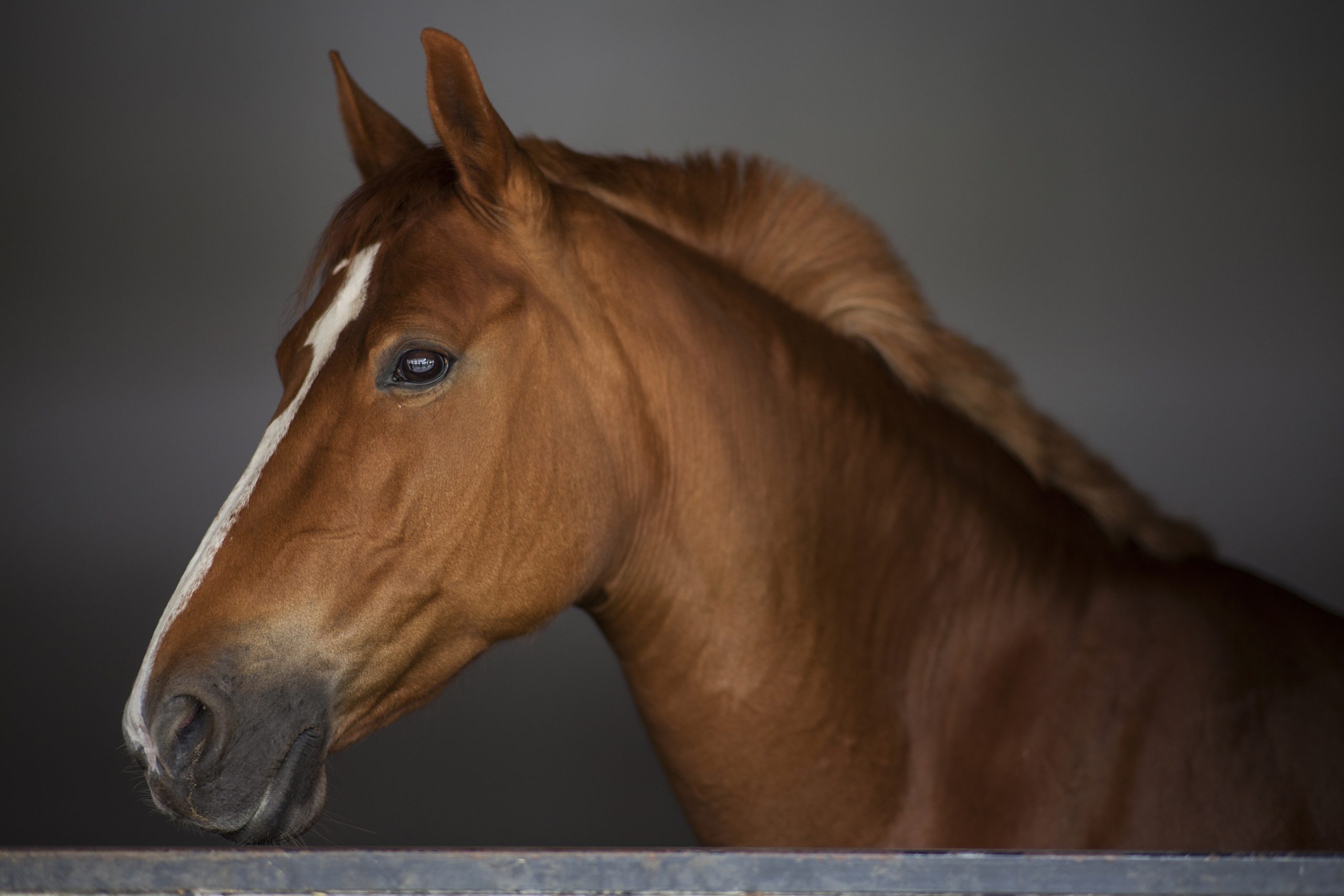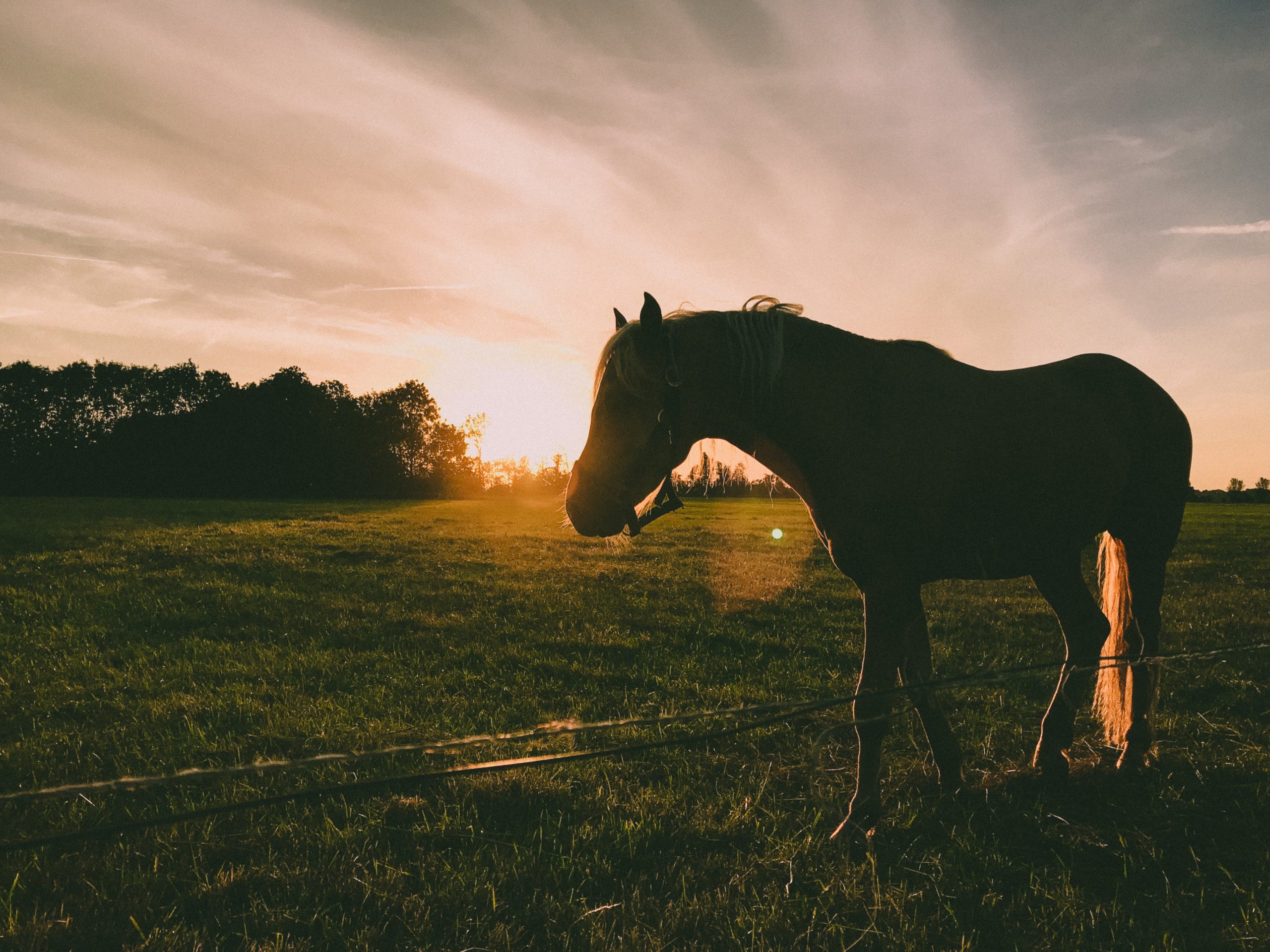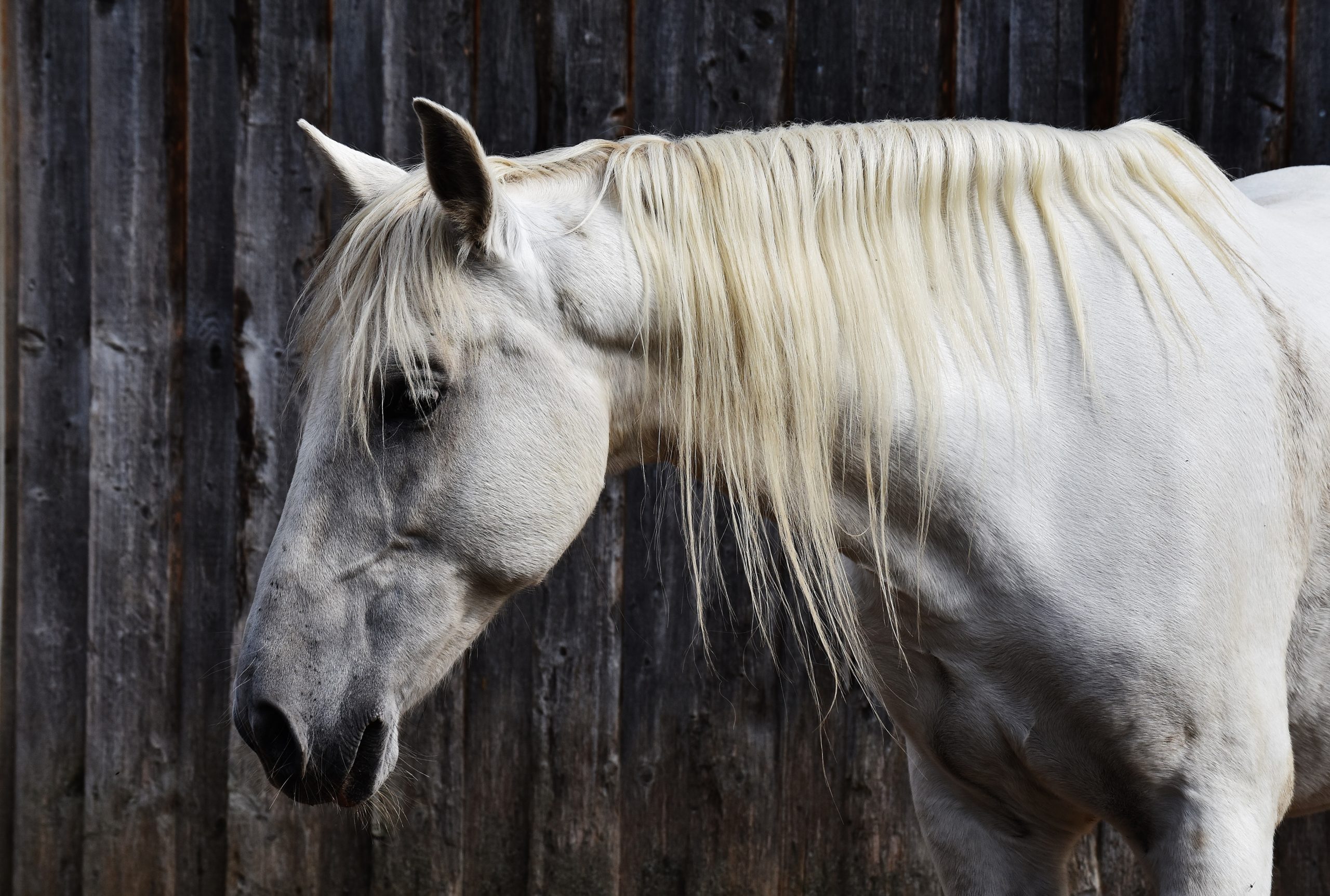The feed room is a riot of feed bags and empty buckets, and the horses are banging on their doors waiting impatiently for the feed to arrive. The stablehand grabs a dipper and starts doling out feed into the buckets – two full dippers of sweet feed, one dipper of lucerne chaff and one of oaten chaff, a handful of salt and a half cup of oil.
As she walks down the aisle emptying the carefully measured rations into feeders, the stablehand notices that whilst some horses appear to be thriving and look great on this ration, others are looking a little lean whilst a couple are verging on obese. How could this be? The horses are all about the same size and in the same sort of work, so shouldn’t they be fed the same?
A multitude of factors influence a horse’s nutritional requirements. Hence, a simplistic ‘one-size-fits-all’ approach to feeding is never going to work, especially if keeping animals at optimal weight is the ultimate goal, as it should be.
Factors such as age, breed, weight, exercise intensity, ambient temperatures, personality, dental health, worming schedules and individual variations in metabolism mean that even if horses look the same, act the same and are doing the same type of work, they can and often do have significantly different calorie requirements.
Similarly, the requirement for important trace minerals and vitamins can vary enormously between horses at different life stages. For instance, the mineral requirements of a growing weanling are quite different than those of an adult horse at maintenance or a broodmare in the third trimester of pregnancy.
Take, for example, the ‘typical’ Thoroughbred dressage horse and compare it with a warmblood dressage horse, both training at the same level. The Thoroughbred is nervous and fence walks constantly in the paddock, has a fast metabolism, and is 18 years old, so his digestive system is starting to become less efficient. His teeth also need some attention. His nutritional requirements are really quite high because they must fulfil all of the extra energy demands placed on him by his character, breeding and age. He needs at least three good hard feeds per day just to maintain his sleek condition.
The warmblood, on the other hand, is laid back, only 5 years old and in peak condition. He lazily strolls around the paddock selecting the tastiest morsels of grass and when it comes to feed, his owner feels she could turn him out on a concrete slab and he’d still gain weight!
Whilst this is a fairly extreme example, it shows that when it comes to designing a diet specific to your horse there are a lot of factors to consider. When KER designs a diet for a specific horse, the nutrition advisor always asks that the owner feed for a few weeks what we have recommended and then respond accordingly. If the horse has started to gain weight, then cut back a little; if it appears he is still hungry and struggling to maintain weight, increase the forage intake accordingly. It is impossible to give an accurate ‘recipe for success’ without a thorough working knowledge of the horse and his or her response to feeding.
Usually adding or subtracting in half-kilo increments every two to three weeks will help you to come to the right amount of hard feed for your horse. A few weeks of trial-and-error feeding can be expected. Remember, if your horse’s work level changes or if the weather suddenly becomes very hot or very cold these can affect your horse’s requirements.
Another important consideration is pasture condition. Remember that lush green pastures are not always full of nutrients, especially following lots of rain when the grass is full of water but few nutrients. Be aware of pasture quality and respond accordingly with the amount of hard feed and forage you feed.
If you are feeding a number of horses, it is important to be aware of changes in work and to keep a close eye on body condition. Weighing horses with scales or a measuring tape once per fortnight or once per month is a good way to keep this in check. Also maintain an accurate ration board so that whoever is doing the feeding knows exactly how much feed each horse requires.
Horses are individuals and their nutritional requirements are just as unique as their personalities. Feeding is as much art as science and a little common sense goes a long way when it comes to feeding and responding to your horse’s needs.




